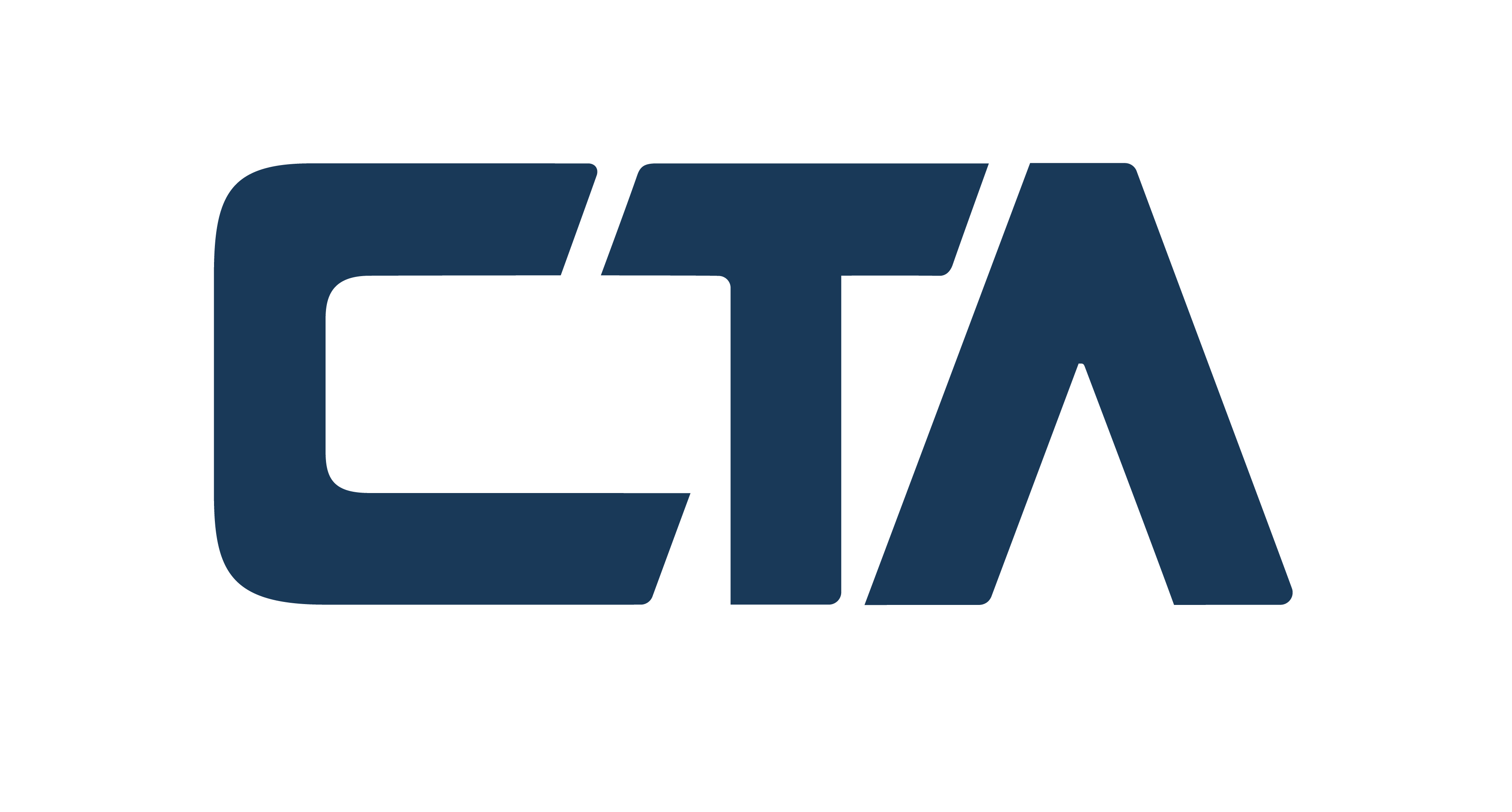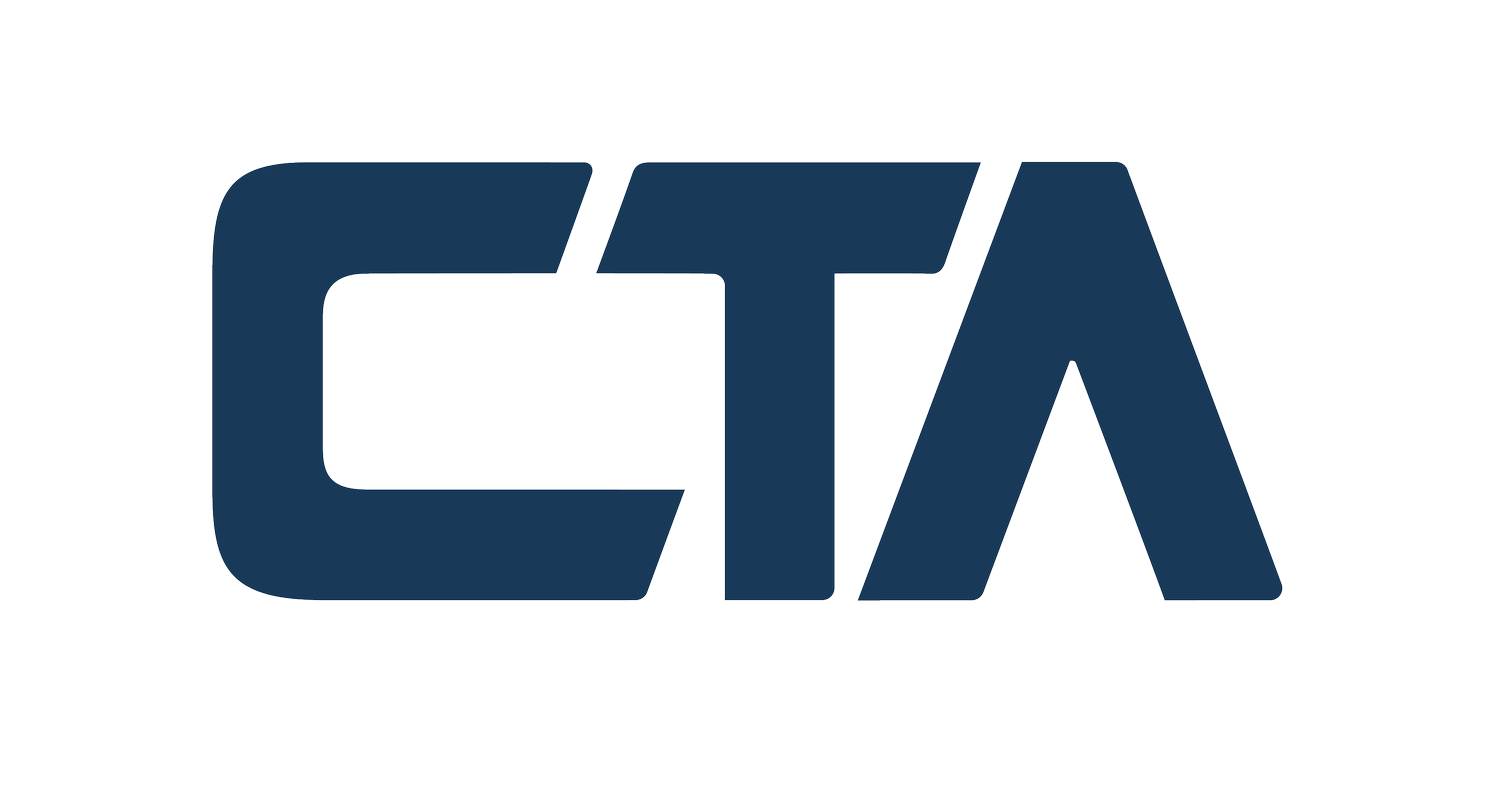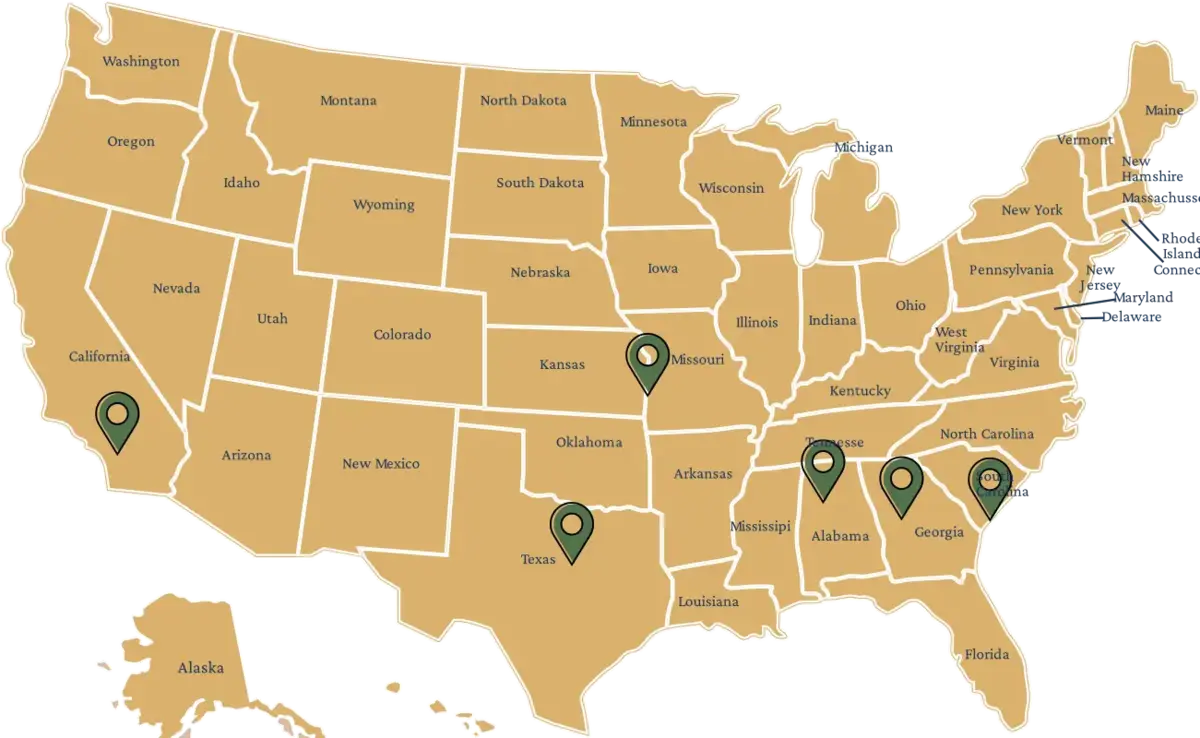Additional Authors: Dawson Fercho, EA | Gary Kucera, CPA | Vikki Johnson, CPA
Do You Need to Talk Through Your Situation?
It’s becoming increasingly clear that the crescendo of questions as to “why has the Section 174 issue not been remedied?” is potentially no longer the right question to be asking. The Section 174 repeal significantly impacts businesses by altering the way research and development expenses are deducted for tax purposes.
After being passed by a greater than five-sixths majority in the House, another tax reform bill (HR 7024) is slowly dying in the hands of the Senate. See our summary of where we thought congress was going on R&D earlier this year.
At present the more apt questions are “who wins?” and “how will the new law be enforced?”
To answer these questions, you need not look further than Washington DC, which includes all legislators and our nation’s collectors, the IRS.
IRS ERC Ire Is a Red Herring, Section 174 Is the Larger Collection Vehicle
While the Employee Retention Credit (ERC) seems to be the focus of IRS ire, it appears to be more of a red herring as the underlying law particularly favorable to taxpayers in the view of our ERC advisors. An investment in auditing legitimate claims will yield little revenue (though the case may still be made to go after fraudsters) while there are more appetizing adjustments to focus on.
Not about R&D 4 Part Test eligibility, Section 174 represents just such an alternative collection vehicle. Millions of preparers inappropriately bypassed or missed accounting for Section 174, assuming legislative corrections would take place and would save them from their detrimental stances.

Unfortunately, the much-needed legislation failed to take place, leaving clients and their preparers exposed to extreme jumps in taxable income. If you think audits of R&D Tax Credit beneficiaries are a lucrative “revenue” generator for federal and state governments, Section 174 revenue generation, i.e. Section 174 audits, will make R&D audit values look like rounding errors.
Section 174 Enforcement Has Broad Applicability
The enforced capitalization under IRC 174 applies to ALL companies, regardless of whether a taxpayer took the R&D Tax Credit allowed under IRC 41. This enables the IRS to examine taxpayers and obtain large adjustments even from those that believed they were safe from section 174 capitalization. In fact, the IRS has access to large databases of information, which can help it determine whether a company should have had expenses related to research, and flag those companies that obviously didn’t take capitalization into account.
Exams can and will be opened to ascertain how much of their expenditures were related to research, and the IRS will enforce the adjustment, resulting in possibly large penalties and unreasonable tax bills. Historically, of the average 20,000 annual R&D Tax Credit beneficiaries, 1/3 are professional service firms, which the IRS can easily leverage to ascertain industry averages with NAICS/SIC codes, leaving service firms particularly vulnerable to this examination technique.
An Example of How a Section 174-Based Exam Could Result in a Substantial Adjustment
As an example of just such a scenario, let’s look at a civil design engineering firm that never took the R&D Tax Credit and paid $1,000,000 in wages in 2022 and $1,250,000 in 2023. The taxpayer took the stance in 2022 and 2023 that because they never took the credit or broke out their research component from the rest of their costs, that they did not have to capitalize a portion of these expenditures under IRC 174. The IRS can look at industry averages and ascertain the likely percentage of qualified research expenditures for a civil engineering firm (generally between 15-30%), verify that no asset was placed into service on the form 4562 in 2022, and open an exam.

Let’s say that the IRS, upon evaluation of a sampling of projects, determines that projects on average contain 20% expenditures related to research and development and attributes the amount to both W2 wages and overhead accounts, creating a capitalized amount of $300,000 in 2022 ($200,000 wages and $100,000 OH) and $375,000 in 2023. This results in $270,000 and $277,500 deduction overstatement in 2022 and 2023, resulting in an underpaid liability (assumed effective rate of ~30%) of $81,000 and $83,250 in 2022 and 2023 respectively – a total of $164,250.
Penalties Possible for Firms & Practitioners
This also results in a possible substantial underpayment penalty, which would be 20% of the portion of the underpayment of tax due to negligence and disregard. With the notices and other information provided for this capitalization component, practitioners may also have this penalty imposed on them for intentional disregard or aggressive stances by not informing their clients of their new requirements to allocate research expenses.
Furthermore, although the IRS attributed a percentage adjustment for Section 174, they do not have to adjust for credit that should have been created through the application of IRC 41, the research and development credit. In fact, due to the incredible amount of legislation and tax law surrounding the credit, the taxpayer would need to engage a credit provider to properly identify and amend to receive the credit, identifying appropriate components.
If the taxpayer had previously participated in studies identifying these costs, the taxpayer would have been entitled to a $52,293 credit to offset their $164,250 increase in liability. This means that a taxpayer that failed to properly recognize their research expenses could end up $85,143 poorer (not to mention interest!!) than a taxpayer that properly reported research expenditures.
A Flawed Approach Becomes “The Law”
It’s starting to appear that despite many legislators’ best attempts to remove this aspect of the legislation it may still end up being the “law” of the land for 2022 and 2023, as retroactive treatment becomes less and less likely as time passes, taxpayers comply, and the IRS collects. Section 174 greatly increases the burden of compliance, however the cost of non-compliance with this requirement is much more substantial for the taxpayer. In effect, this layer of compliance has now become necessary for almost all taxpayers, which could thoroughly undermine and destroy businesses who have taken aggressive stances regarding the application of IRC 174.
How to Navigate the Section 174 Climate
A taxpayer should ensure that they are in compliance by understanding the various aspects of the credit and what could be considered to be a research and development expense. They should do their best to claim the credit or identify which costs would be excludable under the rules. In the example above, the taxpayer, with a thorough with the help of R&D tax credit consultants, could determine that their rate of qualified expenditures is far lower than the IRS determination. However, without proper documentation of these expenditures, the IRS could easily adjust for a higher amount using extrapolative calculations.

It’s also incredibly important to note that taxpayers that do not take advantage of the credit, while being subject to capitalization under 174, will experience a permanent, negative timing difference that will never be fully recovered. Taxpayers that include the credit will generally see a net positive adjustment and a positive cash flow effect in approximately 5 years.
It’s become increasingly apparent that a section 174 repeal may be further out than anyone believed possible even though it punishes a core American value: Innovation.
Taxpayers that do not wish to engage in a study every year should contact their Senators and House Representatives and let them know the damage their inaction causes to the country and to normal, law-abiding business owners doing their best to thrive in and grow the American economy.
Corporate Tax Advisors Can Help both CPAs and Their Clients
Since our founding in 2014, our tax credit advisors have been providing initial research and development tax credit consultations free of charge, and for those firms where a formal study makes sense, those services as well in concert with a business’s primary CPA. Stay informed on the latest tax law changes and how the Section 174 repeal could impact your business’s R&D deductions.
If you are concerned about how to navigate Section 174 or complex tax credit and incentive matters, please book an introductory call with our team.









